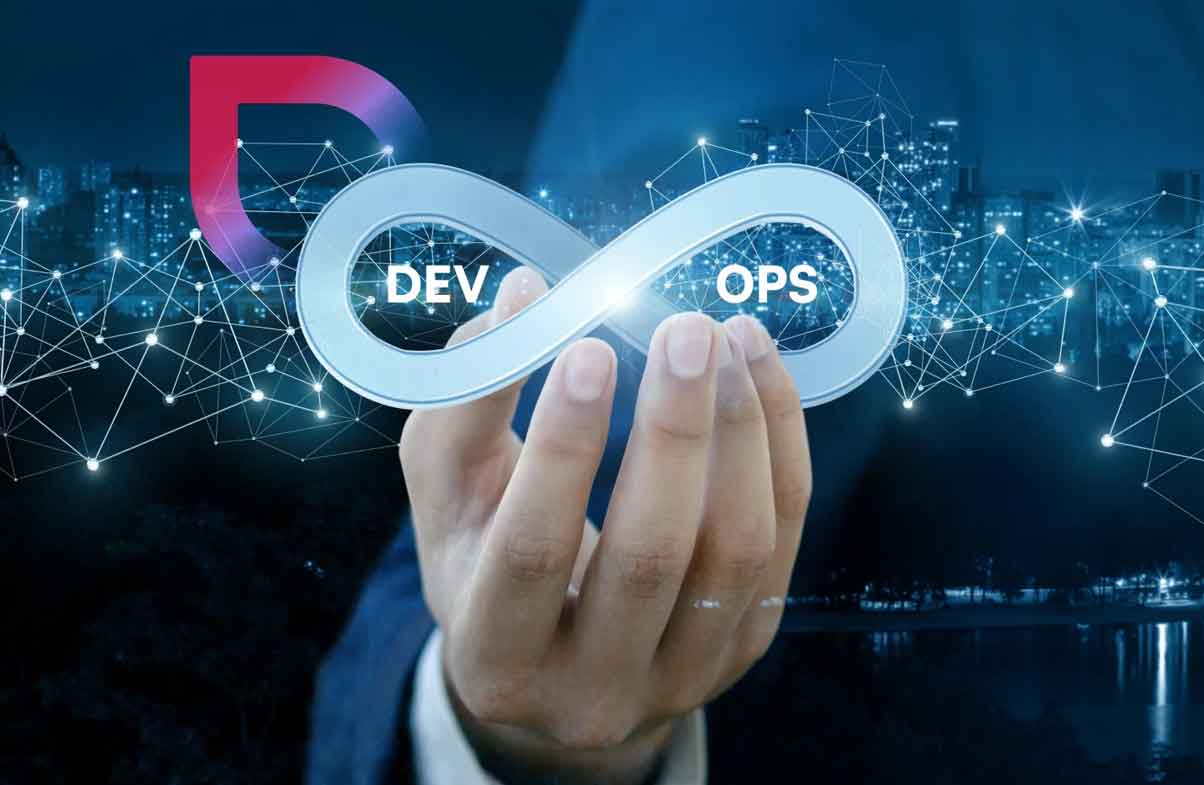10 Ways AI is Transforming Frontend and Backend Development in 2025

12 Aug 2025
Artificial intelligence (AI) is fast emerging as a game changer in web development. By 2025, AI will help developers automate more routine tasks and reshape both front-end and back-end development. The acceleration, reliability, and human experience of AI are transforming how we design and develop websites and applications.
So, in this blog, we shall dive into the 10 Ways AI is Transforming Frontend and Backend Development in 2025 and what these advancements are proving to be exciting about the future of web development.
1. AI-Powered Innovations in Frontend and Backend Development
Frontend and backend development have been transformed by the abilities of AI that automates many routine duties, optimizes development time, and provides a better user experience. The frontend frameworks using the code are Angular, ReactJS, Vue, and TypeScript, whereas the backends are Node.js, .NET, Java, and PHP. Such inventions guarantee smoothness in web development.
Frontend Innovation: Frontend development AI offers more customizable UI/UX, predictive, dynamic layouts, and enhanced accessibility.
Backend Innovation: In the backend, AI streamlines back-end functionalities, automates the API, reduces complex codes, and enables the introduction of scalable systems easily.
2. AI-Driven Code Generation and Scaffolding Tools
Code generators based on AI have a substantial effect on the web development process. Such tools can produce complete code bases, develop starter projects, and even provide instant feedback on how to enhance the quality of code.
The front-end frameworks, such as ReactJS, Vue, take advantage of AI to create boilerplate code and auto-complete component structure.
Backend frameworks, including Node.js and Java, have the advantage that AI can synthesize code to provide API endpoints, database queries, and frequently used server-side functionality.
Through the automation of code scaffolding, AI saves time in application building, and hence, the code is optimized by default.
3. AI-Powered API Contract Generation
Modern web applications depend on APIs (Application Programming Interfaces). AI is currently assisting in the automatic contract generation of APIs that determine how a service and system should interact.
AI may be used to automatically create API schemas, documentation, and auto-validating contracts, to ensure that the frontend and backend parts of the system communicate well.
AI tools could also ensure that the structure of API responses is valid and that the website follows its contracts, minimizing errors during the integration of the systems and increasing application performance.
The self-production of API contracts with AI helps maximize efficiency in the processes, with fewer developers required to create endpoints and data structures automatically.
4. AI in Automated Testing and QA
Quality assurance (QA) is being put at the next level in the case of AI-powered testing tools in the year 2025. AI is also automating the frontend and the backend testing so that the testing can be done faster with enhanced coverage.
Frontend Testing: AI-powered tools can detect UI bugs and other bugs, layout discrepancies, and accessibility problems by examining the interface of the app and comparing it against a baseline.
Backend Testing: Backend AI can be used on the server-side to simulate heavy traffic, perform stress tests, and find possible bottlenecks in the backend code.
AI is no longer simply conducting elementary tests, but in augmenting the intelligence of the automated tests to bring full test coverage and decrease the chances of the tests missing gaps.
5. AI-Driven UI/UX Personalization
The competition in the realm of web development is crucial to building personal experiences on the web, leading to engagement and conversions. Personalization of UI/UX powered by AI allows developers to create websites and applications that continuously evolve to suit the taste of the users.
How The AI Personalizes UI/UX: AI can understand the way the user interacts with the site and analyze the data to adjust the layout, content, and design of a page to satisfy people better. As an example, an e-commerce site being used by a user constantly to buy a particular type of merchandise can emphasize such merchandise through UI.
Real-Time Applications: Artificial intelligence is capable of making real-time changes to UI variables like images, colors, and fonts as per the liking of the user, making it an engaging experience.
Personalization tools that use AI also contribute to a better user experience, alongside maximizing conversions since they provide a highly personalized experience.
6. AI-Enhanced DevOps and CI/CD Pipelines
AI is transforming DevOps and CI/CD (Continuous Integration/Continuous Deployment) processes as it automates the deployment and monitoring of the code and detects errors, so web development can be much quicker and successful.
AI in CI/CD: In the case of CI/CD, pipelines are enhanced by AI, and it leads to automation in every process of code development to deployment. AI is able to forecast problems with the deployment, offer solutions, and even uncover possible problems in the deployment process.
Backend Performance: AI assistants automate the load balancing process, network resource allocation, and optimize real-time performance to ensure the application can scale efficiently and reliably.
DevOps pipelines managed by AI result in an easier integration and deployment, thanks to error detection, which automates the process, thus decreasing the possibility of bugs in production.
7. AI Performance Tuning and Optimization
By 2025, developers can deliver the best performance to their backend architectures with the aid of AI. The AI tools can review load on servers, database performance, and network latency to suggest optimization of performance.
Performance Tuning: AI continually observes the application and recommends when to improve backend applications such as API calls, querying databases, and load balancing in a server environment.
Frontend optimization: Map or front-end side, AI can make web pages load faster by suggesting superior coding styles and relying on optimal asset delivery.
AI performance tools mean that the apps will be smoother, faster, and more efficient in their usage of resources, thereby enhancing both frontend as well as backend experiences.
8. AI-Powered Accessibility Testing
The use of AI is becoming tremendously relevant in increasing web accessibility for the disabled. Accessibility testing tools assist in detecting WCAG (Web Content Accessibility Guidelines) compliance on a particular site automatically with the use of AI technology.
AI and Accessibility: AI can be used to detect accessibility problems, including the lack of alt text, low contrast, and keyboard navigation problems, meaning websites will be able to be accessed by anybody with or without visual, auditory, or motor issues.
Accessibility testing tools that rely on AI can assist in checking the accessibility of websites and make them adhere to accessibility laws, and offer all visitors inclusive experiences.
9. AI-Powered Security Testing
As web applications continue to utilize more complicated features, security has never been more critical. AI is also aiding the level of automation of security testing in pinpointing weaknesses and recommending solutions.
Back End Security: AI-powered security devices constantly search and detect vulnerabilities such as SQL injection, cross-site scripting (XSS), server-side code misconfigurations, etc.
Frontend Security: On the frontend, AI can identify phishing looks, malicious scripts, or any other potential security vulnerabilities, and the application will be safe to use.
The vulnerability detection tools of AI are enhancing fast and accurate detection of vulnerability, making the web application safer for the user.
10. AI Co-Pilots: GitHub Copilot, Cursor, Cody
Introduced by AI such as GitHub Copilot, Cursor, and Cody, co-pilots transform how code is written. These tools, with the help of machine learning and natural language processing, help developers build efficient and bug-free code.
Code Recommendations: These AI co-pilots provide recommendations to your code in real-time, identify areas of error in the code, and even develop full functions based on the comments or a few lines describing what you would like the code to perform.
Frontend and Backend Support: These tools support both the front-end (HTML, CSS, JavaScript) and backend (Node.js, Python, Java) and provide a solution to all web development requirements.
AI co-pilots can be characterized as virtual assistants helping developers to be more productive and spend less time on typing and debugging code.
Conclusion: AI's Future in Web Development
It is no longer that AI is a concept of some future- it has already started to change frontend and backend development. Ranging from automation testing to AI-driven personalization, 2025 web development is efficient, faster, and more secure due to AI innovations. With the introduction of AI into the frontend framework, such as ReactJS, Vue, and Angular, and also into the backend framework, such as Node.js, .NET, and Java, developers can build more intelligent, dynamic applications, with lower occurrence of errors and reduced turnaround time.
Be sure that, over time, more and more fascinating AI tools and capabilities can be expected, altering our web construction process ever further. The future of business and developers looks bright, and the incorporation of AI into web development will be a factor in their pursuit to remain at the forefront due to the high competition in the way of business world.

.jpeg)


 (1) (1) (1).jpg)
